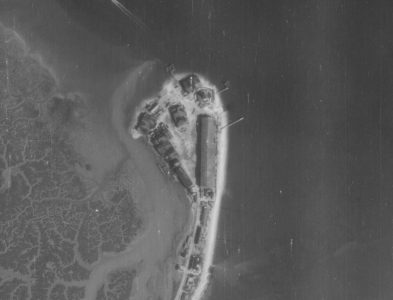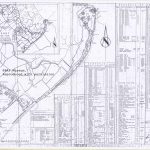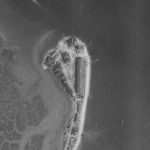RAF Calshot & Eaglehurst Camp Overview
RAF Calshot first opened as Calshot Naval Air Station in 1913 and became Royal Naval Air Station (RNAS) Calshot in 1914. Seaplanes and flying boats used the spit as a base for flying from Southampton Water. Originally a training station, its role expanded to include the protection of shipping along the south coast during the war. A massive building programme in 1917 saw the first hangers built on the spit, including the Sunderland Hanger that is still in use today as part of Calshot activities Centre.
Between the wars, Calshot was renamed as RAF Calshot and used as the main base for Schneider Cup races in 1929 and 1931. T. E. Lawrence (Lawrence of Arabia) was also based here during the 1929 event.
During World War II, Calshot was used as a maintenance and repair centre for flying boats and a training centre for RAF launches. Five of the station’s tender boats took part in the Dunkirk evacuation. From 1942 it was also used as a base for Air-Sea Rescue high speed launches.
Eaglehurst camp was first built during World War I as an ancillary site of RNAS Calshot, built to accommodate the ground staff and aircraft crews based there. The site was modified in World War II with the addition of defensive trenches and camouflage on the building’s roofs. The camp was connected to RAF Calshot by a light railway (also built in World War I) and by 1940, the camp accommodated 500 trainee airmen.
After the war, operation squadrons were based at RAF Calshot until 1961, when the station was closed.
Eaglehurst camp continued to be used as part of RAF Calshot until the 1950s. In the 1960s it was briefly used as temporary accommodation for displaced persons from the island of Tristan da Cunha.
Links to other articles about this site:
- Eaglehurst Camp WWII
- Eaglehurst Camp
- RAF Calshot & Eaglehurst Overview
- Memorial at RAF Calshot
- Memories of Air Sea Rescue course and Bomber Command
Or some of Calshot’s earlier Medieval and Napoleonic history here:




